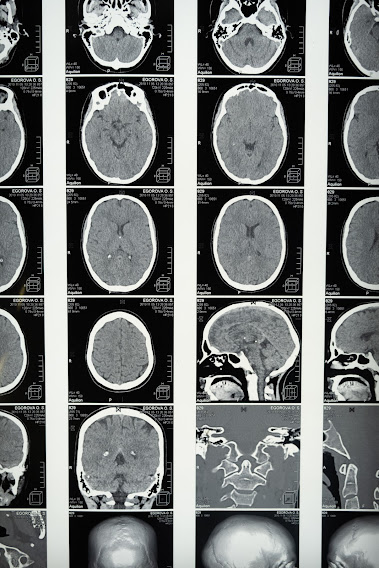SARS
Severe Acute Respiratory Syndrome (SARS), a fatal respiratory disease, swept the world during the beginning of the 2000s. Widespread alarm was caused by the epidemic, which brought to light the critical need for efficient public health measures. We will dig into the specifics of SARS in this blog article, looking at its causes, modes of transmission, symptoms, and the international initiatives made to stop its spread. Join us as we reveal SARS' true identity and discuss this crucial turning point in the history of infectious illnesses.
1.SARS, what is it?
Give a brief explanation of SARS and its status as a viral respiratory infection.
Talk about the causes of SARS, particularly its animal reservoirs and the human crossover.
2.The SARS Outbreak: Global Impact and Timeline
Give a general account of the SARS outbreak's history, including the earliest cases and subsequent spread.
Describe the impact of the SARS outbreak on the economics and healthcare systems of the nations that were most impacted.
The World Health Organisation (WHO) and other international organisations should be commended for their efforts in addressing the pandemic.
3.SARS symptoms and its spread
Describe the main methods of transmission for SARS, including how it travels from person to person.
Describe the SARS symptoms that people often experience and how the disease develops in those who are afflicted.
In order to stop the spread of SARS, emphasise the significance of early detection and isolation.




Thanx for the information.
ReplyDeleteIt really helped me.